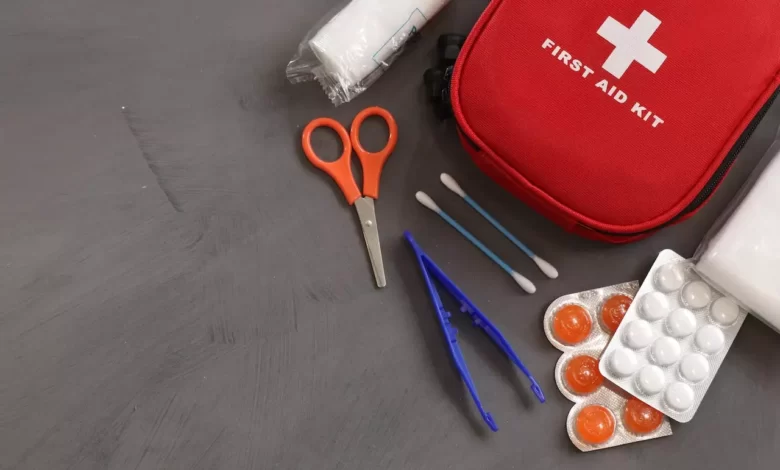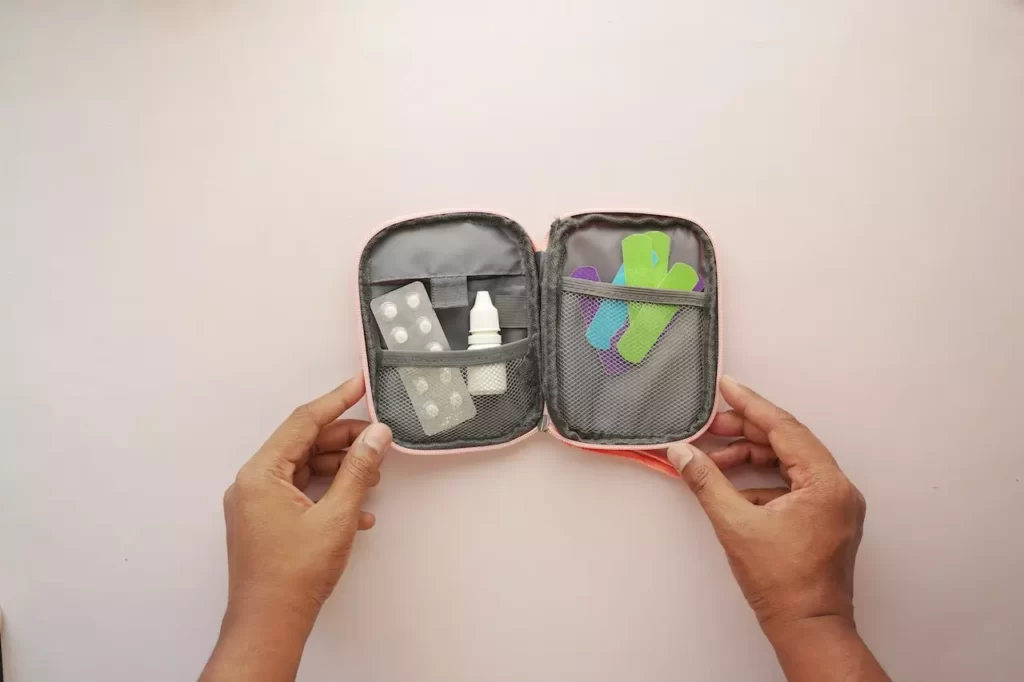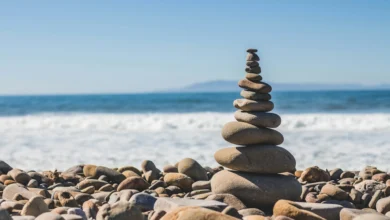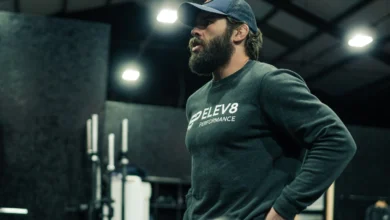
DIY First Aid Kit: Save Money and Stay Prepared
Accidents and injuries can happen at any time, whether at home, in the great outdoors, or during daily activities. Having a well-stocked first aid kit is essential for addressing minor injuries and providing immediate care before professional medical help arrives. While there are plenty of ready-made first aid kits available on the market, creating your own DIY first aid kit can be a cost-effective and personalised solution.
In this blog post, we will guide you through the process of assembling your own first aid kit, tailored to your specific needs and preferences. By doing so, you’ll not only save money but also ensure that you are well-prepared for any emergency situation.
Assessing Your Needs
Before you start putting together your DIY first aid kit, it’s crucial to assess your specific needs. Consider the number of people for whom the kit is intended, the environments in which you’ll be using it, and the types of activities you frequently engage in. For example, if you spend a lot of time outdoors, you may need additional supplies for insect bites, sunburns, or blisters. By taking the time to evaluate your requirements, you can create a customised kit that suits your lifestyle.
Essential First Aid Supplies
Now that you’ve identified your needs, it’s time to gather the essential first aid supplies. Here are some must-have items for your DIY first aid kit:
- Adhesive bandages in various sizes: These are ideal for covering small cuts, scrapes, and blisters.
- Sterile gauze pads and adhesive tape: These are essential for dressing larger wounds and controlling bleeding.
- Antiseptic wipes or solution: Use these to clean wounds and prevent infection.
- Tweezers and scissors: These tools come in handy for removing splinters, cutting tape or gauze, and more.
- Disposable gloves: It’s important to protect yourself from potential contamination while providing first aid.
- Pain relievers: Include over-the-counter pain relievers such as acetaminophen or ibuprofen for headaches, minor aches, and pains.
- Antihistamines: These can help alleviate allergic reactions or bug bites.
- Thermometer: A digital thermometer is essential for monitoring body temperature.
Additional Supplies
In addition to the essential first aid supplies, consider adding the following items to your DIY first aid kit:
- CPR mask: This is crucial for performing cardiopulmonary resuscitation (CPR) in case of an emergency.
- Emergency blanket: A lightweight, compact emergency blanket can provide warmth and shelter during outdoor activities or in emergencies.
- Instant cold packs: These can help reduce swelling and provide temporary pain relief for sprains or strains.
- Medical adhesive tape: This type of tape is useful for securing bandages or creating splints.
- Hydrocortisone cream: Effective for soothing itchy rashes, allergic reactions, or insect bites.
- Calamine lotion: Provides relief from minor skin irritations, including poison ivy or poison oak.

Tailoring Your Kit to Special Needs
If you or any family members have specific medical conditions, allergies, or require specialised care, make sure to include the necessary items in your first aid kit. For example, if someone in your household has asthma, include an inhaler or any other prescribed medication. Always consult with healthcare professionals to ensure you have the appropriate supplies for any special needs.
Organisation and Maintenance
Once you have gathered all the necessary supplies, it’s essential to organize your DIY first aid kit effectively. Use a waterproof container with compartments or dividers to separate items and make them easily accessible. Label each compartment to quickly identify the contents. Additionally, regularly check and restock your kit to ensure that it is always up to date-and ready for use. Replace expired items and replenish any supplies that have been used.
Education and Training
While having a well-equipped first aid kit is essential, it’s equally important to have the knowledge and skills to use it effectively. Consider taking a first aid and CPR course to learn how to handle various emergency situations and provide basic life-saving techniques. Proper training empowers you to respond confidently and effectively in times of need.
Creating your own DIY first aid kit offers several benefits, including cost-effectiveness, customisation, and increased preparedness. By assessing your needs, gathering essential supplies, and considering additional items, you can assemble a kit that suits your lifestyle and ensures you are prepared for any situation. Remember to organise and maintain your kit, tailor it to special needs, and acquire the necessary training to maximise its effectiveness. With a well-stocked first aid kit at your disposal, you’ll have peace of mind knowing that you’re ready to handle minor injuries and provide immediate care when it matters most.







